Five North Korean drones crossed the border with South Korea on Monday, marking the first North Korean penetration of South Korea’s airspace since 2017. The South scrambled fighters and fired warning shots as four of the drones flew along the west coast of the peninsula, while the fifth flew near Seoul.
According to one South Korean news report, one of the drones actually flew over Seoul for a brief interval.
“This is a clear act of provocation by the North violating our airspace,” South Korean Joint Chiefs of Staff (JCS) spokesman Lee Seung-o said.
Lee said the South Korean military fired “warning shots” at the drones and scrambled fighter jets and helicopters to chase them down. He said the military made an effort to “shoot down” the drones.
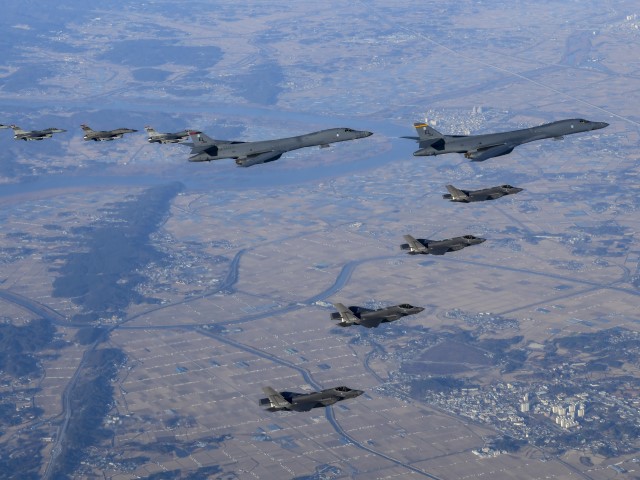
In this photo provided by South Korean Defense Ministry, two U.S. Air Force B-1B bombers, top center, four South Korean Air Force F-35 fighter jets, and four US Air Force F-16 fighter jets fly over South Korea Peninsula during a joint air drill called “Vigilant Storm,” in South Korea, Saturday, November 5, 2022. (South Korean Defense Ministry via AP)
South Korea’s Yonhap News reported that at least “100 shots” were fired during the engagement, but did not specify what type of ordnance was used. An unnamed JCS official told reporters “an operation is still ongoing against the vehicles” on Monday morning.
One of the planes launched to intercept the drones, a KA-1 light attack plane, crashed east of Seoul on Monday morning, but both pilots ejected safely.
“The vehicles flew across the Military Demarcation Line separating the two Koreas, and were spotted flying in those areas in Gimpo, Ganghwa Island and Paju, leading to temporary suspensions of civilian flights,” Yonhap reported.
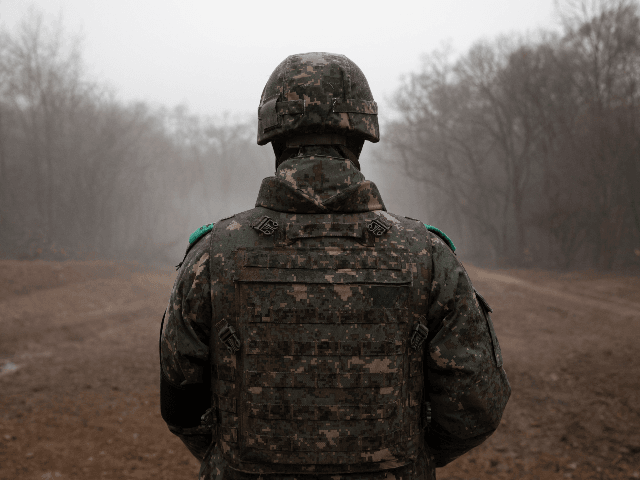
In a photo taken on December 3, 2018, a South Korean soldier stands before the Military Demarcation Line (MDL) separating North and South Korea, on the southern side of the Demilitarized Zone (DMZ) in South Korea’s Cheorwon county. (YELIM LEE/AFP/Getty Images)
Flights were suspended at the Gimpo and Incheon international airports for about an hour on Monday afternoon, local time, at the request of the JCS. A total of about 30 flights were delayed due to the temporary shutdown.
South Korean military officials described the drone incursion as a “clear act of provocation” by North Korea. South Korea’s response included sending a drone into North Korea to photograph some of its military installations, possibly the ones suspected of launching the drones.
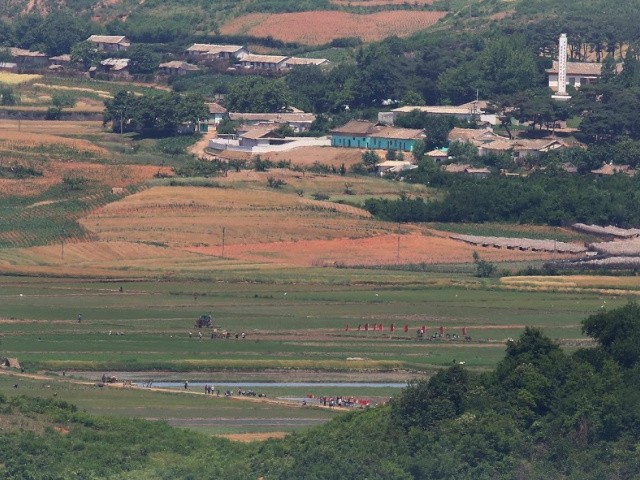
North Koreans can be seen working in the fields of Kaepoong, seen from the Unification Observation Post in Paju, South Korea, near the border with North Korea, Tuesday, June 11, 2019. (Ahn Young-joon/AP)
The South Korean military did not offer any information on Monday about what type of drones North Korea used, or if any of them were armed. JCS spokesman Lee only described them as “small,” about two meters in length.
As of Monday morning, the JCS said one of the invading drones was able to return to North Korean territory, while the fate of the other four was not discussed with the press.
North Korea’s previous known drone incursion occurred in 2017, when an unmanned aerial vehicle (UAV) crashed in the mountains of South Korea near the border. The South Korean military said the 2017 drone took photographs of launcher and fire control radar for the U.S.-made Terminal High Altitude Area Defense (THAAD) anti-missile system.
The drone involved in that incident was described by the South Korean military as very crude in its construction, but North Korea boasts it has dramatically improved the quality of its drones since then, and now has several hundred UAVs in its inventory.
Tensions are high between North and South Korea following a series of missile launches by the North. The most recent launch occurred on Friday and involved two ballistic missiles launched from near the North Korean capital of Pyongyang.
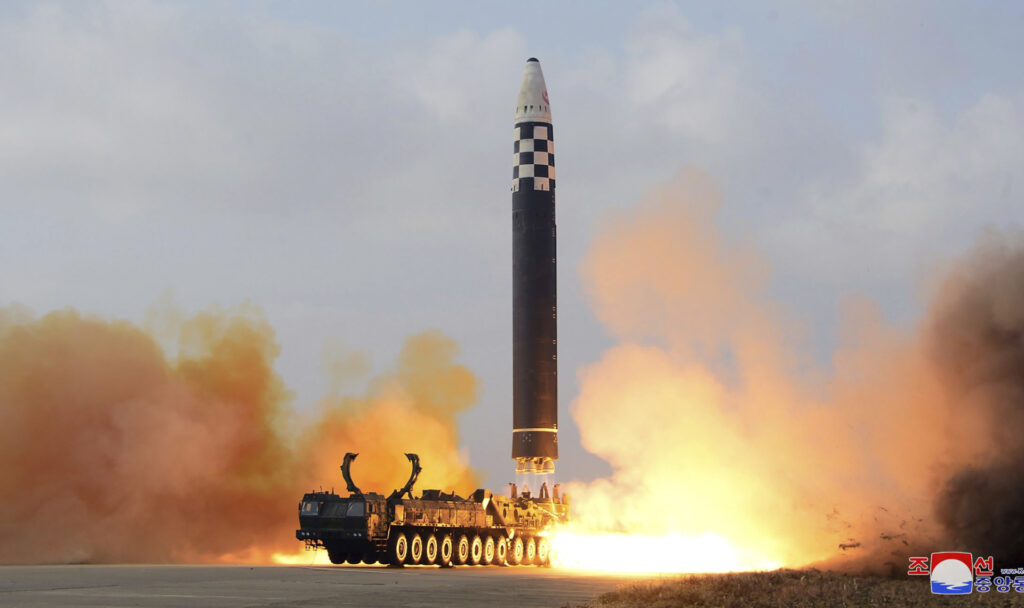
This photo provided by the North Korean government shows the test-firing of what it says a Hwasong-17 intercontinental ballistic missile at Pyongyang International Airport in Pyongyang, North Korea, Friday, Nov. 18, 2022. Independent journalists were not given access to cover the event depicted in this image distributed by the North Korean government. (Korean Central News Agency/Korea News Service via AP, File)
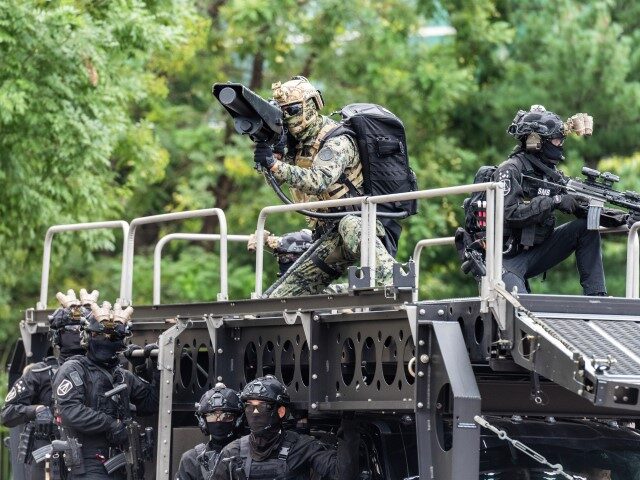
COMMENTS
Please let us know if you're having issues with commenting.